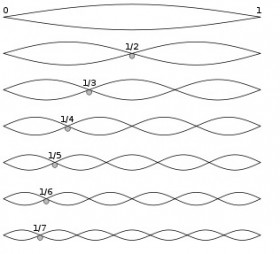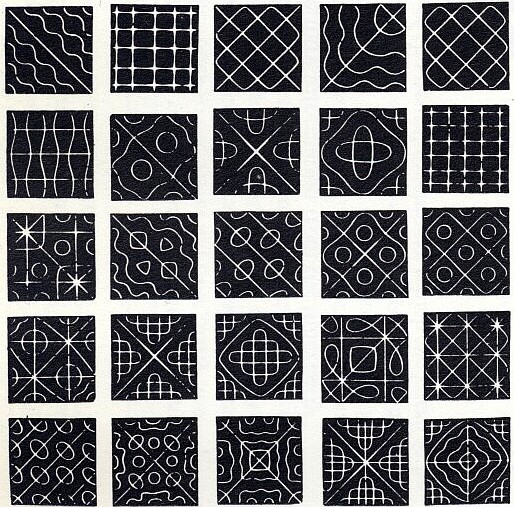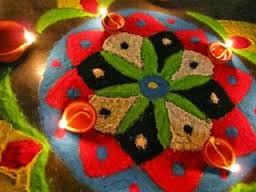Assignment for week 9 Mechanical Design
Group assignment:
1.Make a machine
2. Including the end effector
3. Build the passive parts and operate it manually
4. Automate your machine
5. Document the group project and your individual contribution
Rangoli
A machine to draw Rangavalli/Rangoli which is an artform from India in which patterns are created on the floor using materials such as colored rice, dry flour, colored sand or flower petals. The purpose of rangoli is decoration, and it is thought to bring good luck.
Why do Indians draw Rangoli – Scientific Reason & The Reason behind making this rangoli maching
Depending on which part of India one is from, there are different reasons based on local culture for drawing rangoli. But it’s scientific reason, before it was passed down the generations which has witnessed localization and adaptions over time.
The most original form of rangolis are still drawn by some of the most orthodox families in India especially in the rural places. Here are a few sample rangoli designs:

Notice that they are symmetric around both X & Y axis, mostly have rounded edges and appear to be combination of several simpler designs superimposed over each other. Before we get into the details of the rangoli design, I would like you to recollect the concept of harmonics in sound waves studied during high school physics course. Recollect that sound is actually made up of several harmonics where each harmonic corresponds to a certain frequency.

When the right harmonics are combined, we get pleasing sounds that soothes the mind and calms us. It becomes melodious music. (Classical music with complex harmonics is an example)
This is in the sound domain. i.e The harmonic vibration patterns manifests into pleasing sounds which can soothe the mind. Similarly, in the visual domain, we have corresponding harmonics for every frequency which when combined, leads to artistic patterns which are pleasing to see and have a calming effect. There is a separate field of science called Cymatics which deals with the relationship between vibrations and the geometric patterns corresponding to it.
In order to experiment in Cymatics, all that you need is a metal plate over which some sand is sprinkled and a frequency generator which vibrates the metal plate. When it is set to a certain resonant frequency, the metal plate vibrates in such a way that all the sand particles get aligned in geometric pattern. For example, here are a few patterns which emerge for different frequencies and they appear just like the rangolis we draw in India:

Hence, rangoli is not just an art but actually a science of vibration pattern which was discovered by Indians thousands of years ago and been made a part of the culture for spiritual, aesthetic & scientific purposes.

My Part for this week assignment
For this rangogli maching I'm going to work on two parts.
1. Electronics & Coding
2. Assembly & Testing
Sketches
The below sketches shows the base frame and the roller wheel part , we have sketch a design by keeping in mind the working concept of a normal 3D printer the but only required axis are X and Y and no need of Z axis as we are going to print directly on the ground

..
